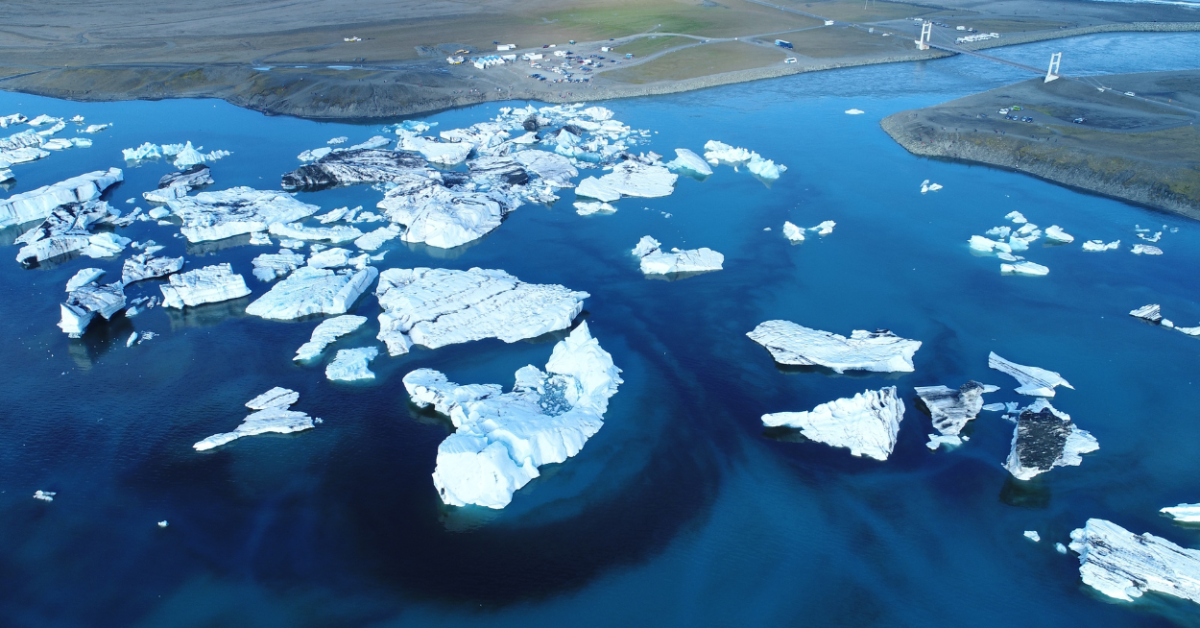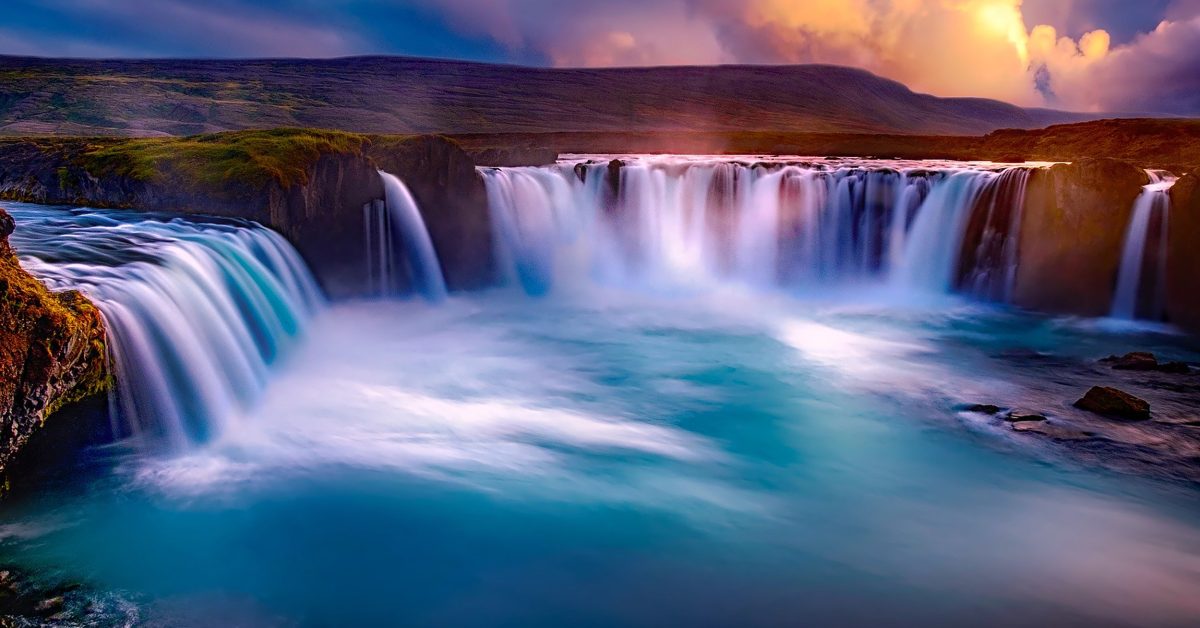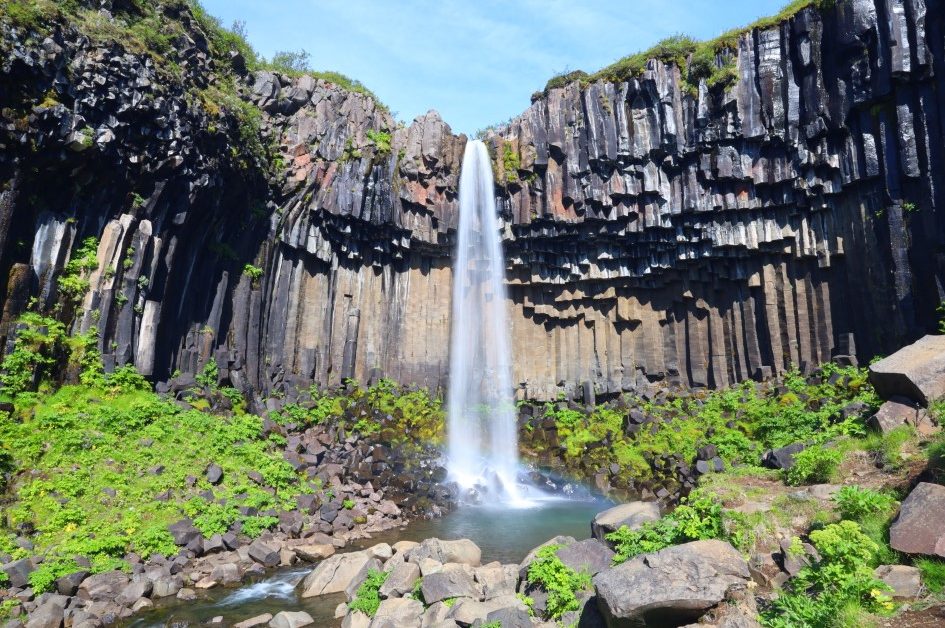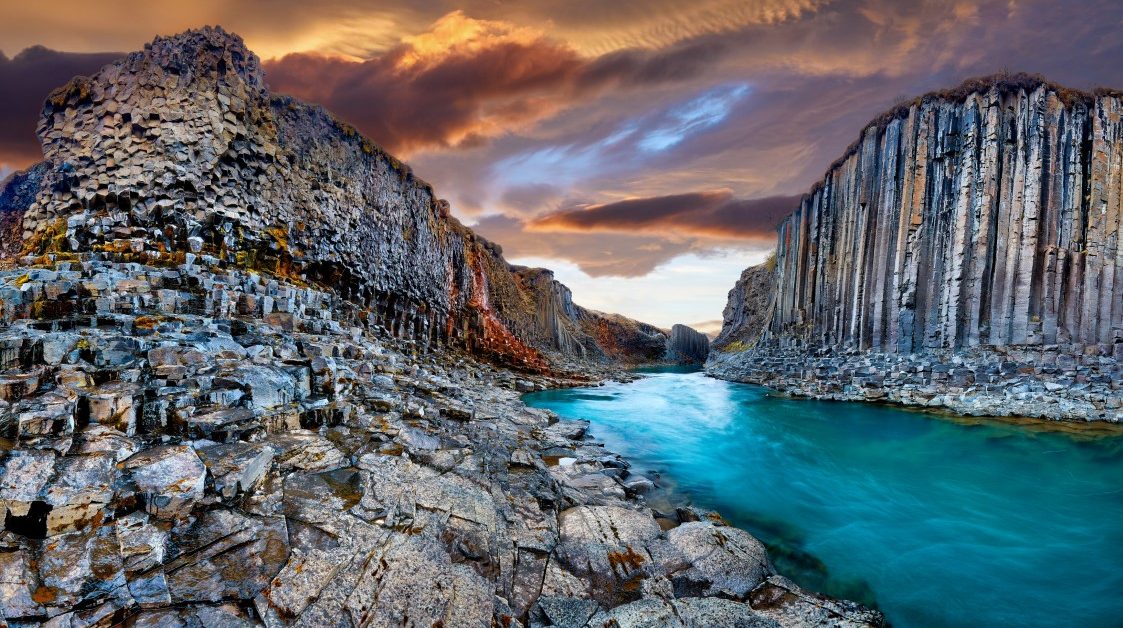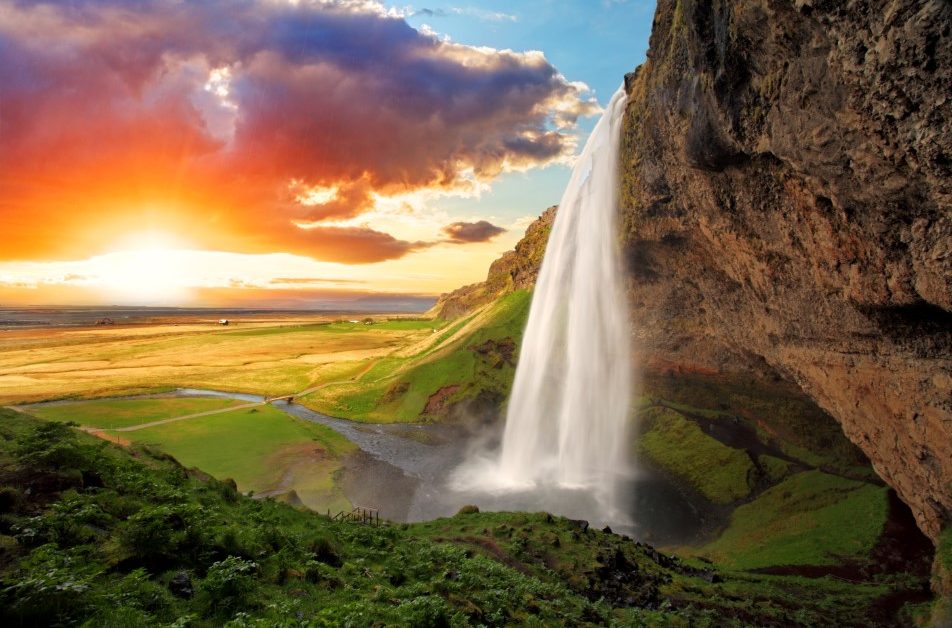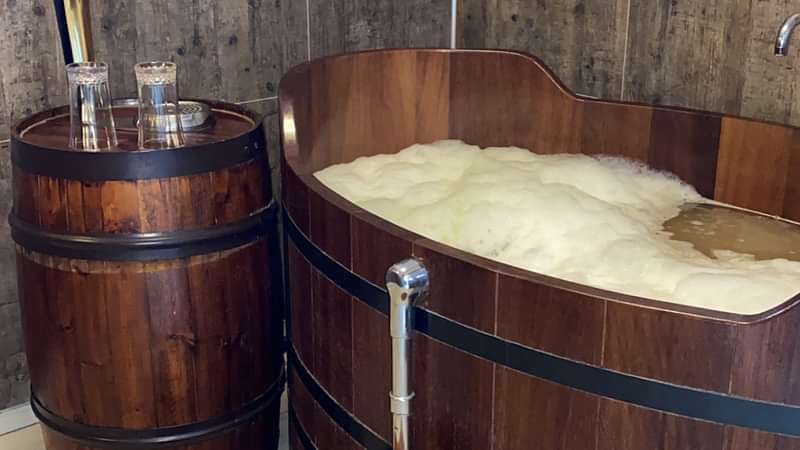Akureyri-“the capital of the North”
Akureyri -“the capital of the North” is the second-largest urban area in Iceland after the Reykjavik area and the most important trade and services centre in Northern Iceland. Is located in one of the longest fjords in the country and has a population of approximately 19 000 people.
Despite its Nordic location, the climate at Akureyri is mild with medium temperatures around 25°C during the summer and medium temperatures around 0°C during the wintertime. The Arctic Circle is 60km from Akureyri town although the Grimsey island which is considered arctic territory is under the Akureyri municipality administration.
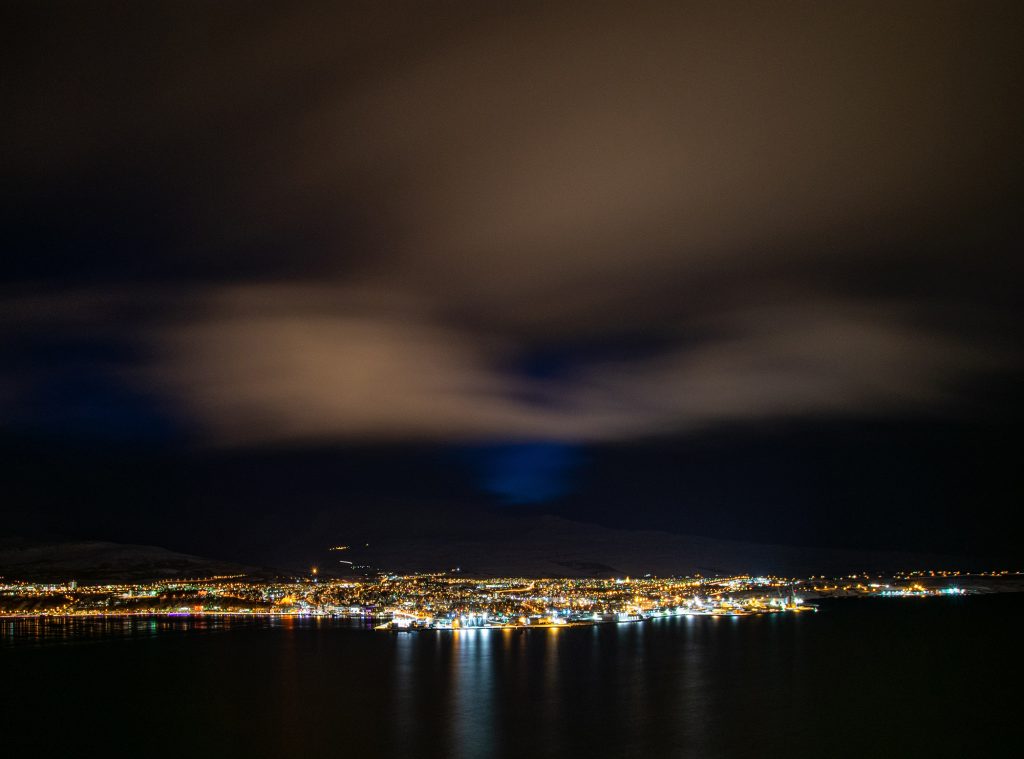
Akureyri is also a popular tourist destination and an important cultural and educational centre as well. There are many museums, a botanic garden, the best skiing area in the country as many people say, hiking trails amazing views over the fjord. Also, there are a lot of restaurants, cafes, accommodations, and activities that tourists can do in Akureyri.
The town of Akureyri has a rich history that led to what is the town today. Íslendingasögur or the Icelandic Sagas have all the stories and details about settlements in Iceland and Akureyri is no exception. According to the Landnámabók, the area was settled by an Irish Viking named Helgi Magri Eyvindarson.
The reasons he travelled to Iceland are unknown but the way he chose the place of landing in Iceland was in the traditional Norse manner that consists in throwing two wooden pillars overboard. He came to Iceland with his wife Thorunn Hyrna, in 890 AD. Helgi Magri Eyvindarson was a devoted Christian but he was known to put his faith in the Thor the Norse God of Thunder.
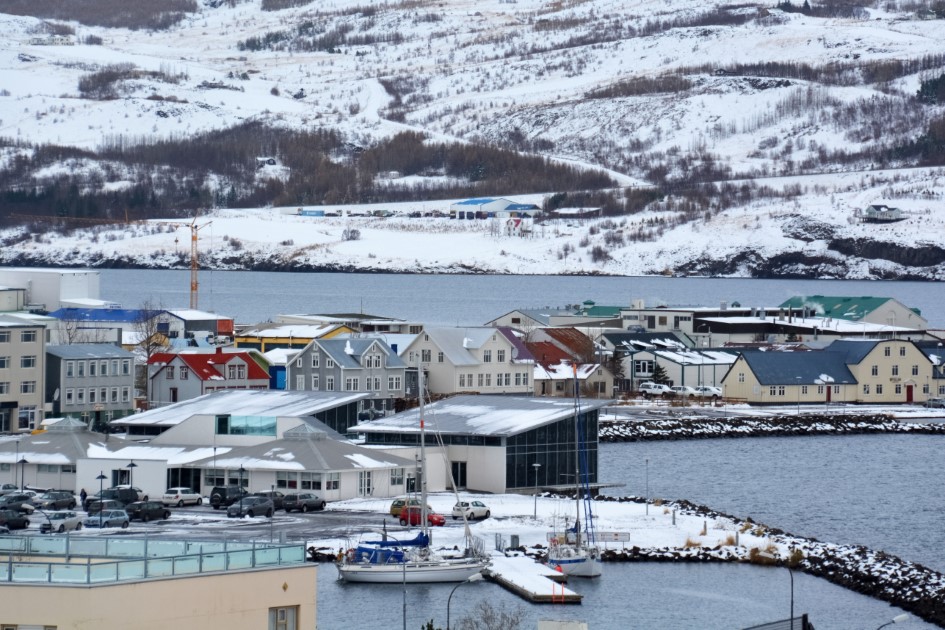
The legends say that Helgi stayed almost 7 km from the actual location of Akureyri but is recognized as the person who settled the area and the founder of Akureyri.
Akureyri started to be settled permanently in 1778, until then, in the 16th century many buildings in Akureyri were owned by the Danish merchants as Iceland was subject to the Danish Crown.
The town gained its official trading title in 1602. Those merchants were not in Akureyri all the year, during the winter they returned to their home country. That is why the town of Akureyri was not settled permanently until 1778. In the same year, the first house was built there. The town of Akureyri was used as a base for the Danish merchants for almost 200 years.

The town received its municipal character in 1786 after the Danish king wanted to improve living conditions in the area for the Danish merchants.
He introduced farming techniques and agricultural habits improving the soil condition in the area. But even with all those efforts, the area of Akureyri was not populated by many people so the king decided in 1836 to revoke the settlement’s municipal character.
The town was settled again almost 30 years later in 1862 and it was the moment when Akureyri started to grow for real.
The agricultural activities were retaken and so life in the area was easier to sustain for the workers and their families. Also, the fishing and fishing trade was another factor of growth and development in the area.
The modernization of the area started after the presence of foreign troops during the World Wars and since then the town has grown to what it is today.
There are a lot of museums where you can learn about Akureyri’s history. Also, the architecture of the buildings, the Akureyrarkirkja together with the street art and the local atmosphere is a must while in Akureyri – “the capital of the North”.
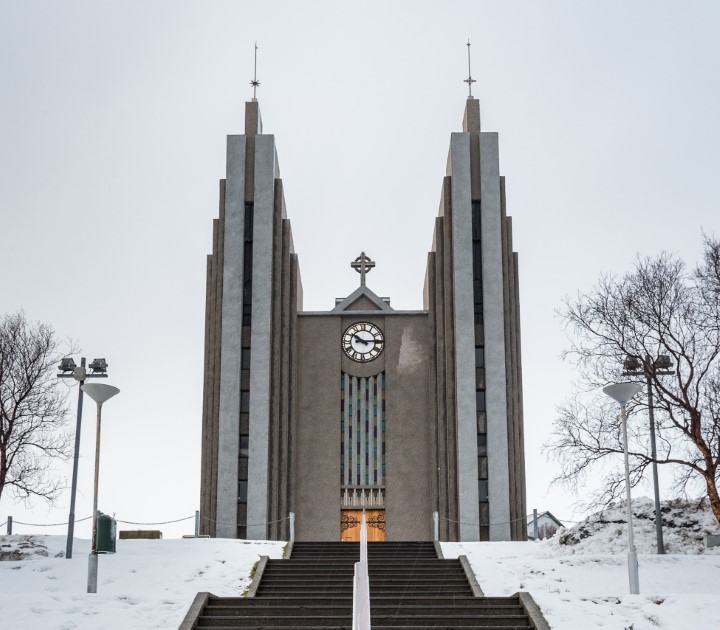
You can do some exciting activities like hiking, whale watching, puffin watching, or enjoying festivals, the nightlife, the botanic garden, and nature with all its wonders.
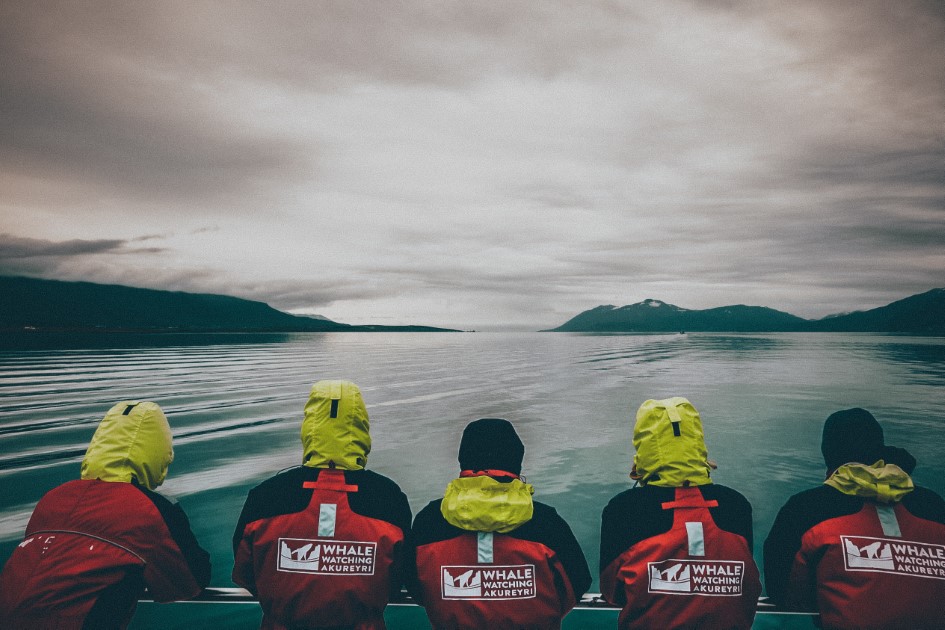
As a cute fact, you can also enjoy seeing the heart-shaped lights of the traffic lights in Akureyri.
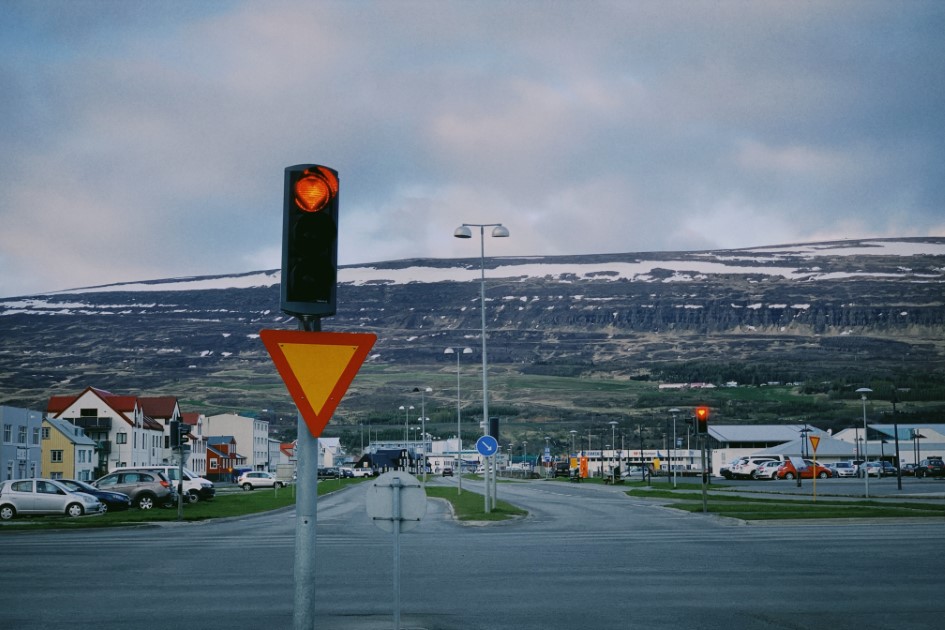
To get to Akureyri -“the capital of the North” you can fly from the Reykjavik domestic airport or drive all the way on the Ring Road on a self-drive tour.

















